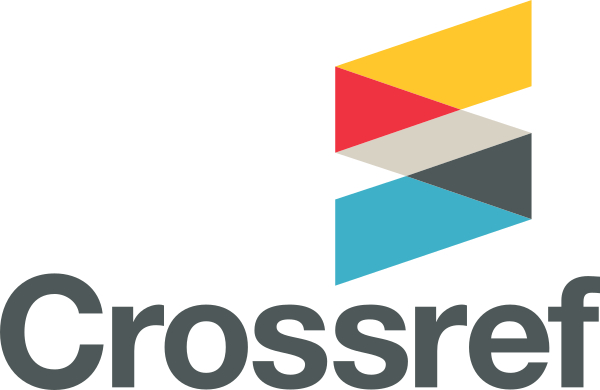JSER Policies
JSER Online
JSER Data
Frequency: quarterly
ISSN: 1409-6099 (Print)
ISSN: 1857-663X (Online)
Authors Info
- Read: 53379
|
РАЗЛИКИ МЕЃУ AМЕРИКАНСКИОТ (ASL) И БРИТАНСКИОТ ЗНАКОВЕН ЈАЗИК (BSL)
Зора ЈАЧОВА1, Оливера КОВАЧЕВА2
Филозофски факултет |
|
DIFFERENCES BETWEEN AMERICAN SIGN LANGUAGE (ASL) AND BRITISH SIGN LANGUAGE (BSL)
Zora JACHOVA1, Olivera KOVACHEVA2
Faculty of Philosophy |
||
|
|
|
UDK: 159.925.8-056.263 |
||
|
Резиме |
|
Abstract |
||
|
Во комуникацијата на глувите луѓе меѓу себе и со оние кои слушаaт постојат три основни аспекти на интеракција: гест, дактилен знак и писмо. Гестот е условно договорен начин на комуникација со помош на рацете придружен со мимика на лицето и телото и означува некој поим. Во секој случај, гестот и движењата му претходат на говорот и имале цел да означат нешто, а подоцна да го нагласат говорниот израз. |
|
In the communication of deaf people between themselves and hearing people there are three basic aspects of interaction: gesture, finger signs and writing. The gesture is a conditionally agreed manner of communication with the help of the hands followed by face and body mimic. The gesture and the movements pre-exist the speech and they had the purpose to mark something, and later to emphasize the speech expression. |
||
|
|
|
|
||
|
Citation:Jachova Z, Kovacheva O, Karovska A. Differences Between American Sign Language (ASL) and British Sign Language (BSL). J Spec Educ Rehab 2008; 9(1-2):41-54. |
||||
|
|
||||
|
Клучни зборови:комуникација, гестикулации, ASL, BSL, знаковен јазик, говор |
|
Key words: communication, gesture, ASL, BSL, sign language, speech |
||
|
|
|
|
||
|
Зора ЈАЧОВА |
|
Zora JACHOVA |
||
|
Универзитет „Св. Кирил и Методиј“, Филозофски факултет, Институт за дефектологија, |
|
“Ss Cyril and Methodius” University, Faculty of Philosophy, |
||
Share Us
Journal metrics
-
 SNIP 0.059
SNIP 0.059 -
 IPP 0.07
IPP 0.07 -
 SJR 0.13
SJR 0.13 -
 h5-index 7
h5-index 7 -
 Google-based impact factor: 0.68
Google-based impact factor: 0.68
10 Most Read Articles
- PARENTAL ACCEPTANCE / REJECTION AND EMOTIONAL INTELLIGENCE AMONG ADOLESCENTS WITH AND WITHOUT DELINQUENT BEHAVIOR
- RELATIONSHIP BETWEEN LIFE BUILDING SKILLS AND SOCIAL ADJUSTMENT OF STUDENTS WITH HEARING IMPAIRMENT: IMPLICATIONS FOR COUNSELING
- EXPERIENCES FROM THE EDUCATIONAL SYSTEM – NARRATIVES OF PARENTS WITH CHILDREN WITH DISABILITIES IN CROATIA
- INOVATIONS IN THERAPY OF AUTISM
- AUTISM AND TUBEROUS SCLEROSIS
- THE DURATION AND PHASES OF QUALITATIVE RESEARCH
- REHABILITATION OF PERSONS WITH CEREBRAL PALSY
- DISORDERED ATTENTION AS NEUROPSYCHOLOGICAL COGNITIVE DISFUNCTION
- HYPERACTIVE CHILD`S DISTURBED ATTENTION AS THE MOST COMMON CAUSE FOR LIGHT FORMS OF MENTAL DEFICIENCY
- DIAGNOSTIC AND TREATMENT OPTIONS IN AUTISTIC SPECTRUM DISORDERS – AN OVERVIEW
















